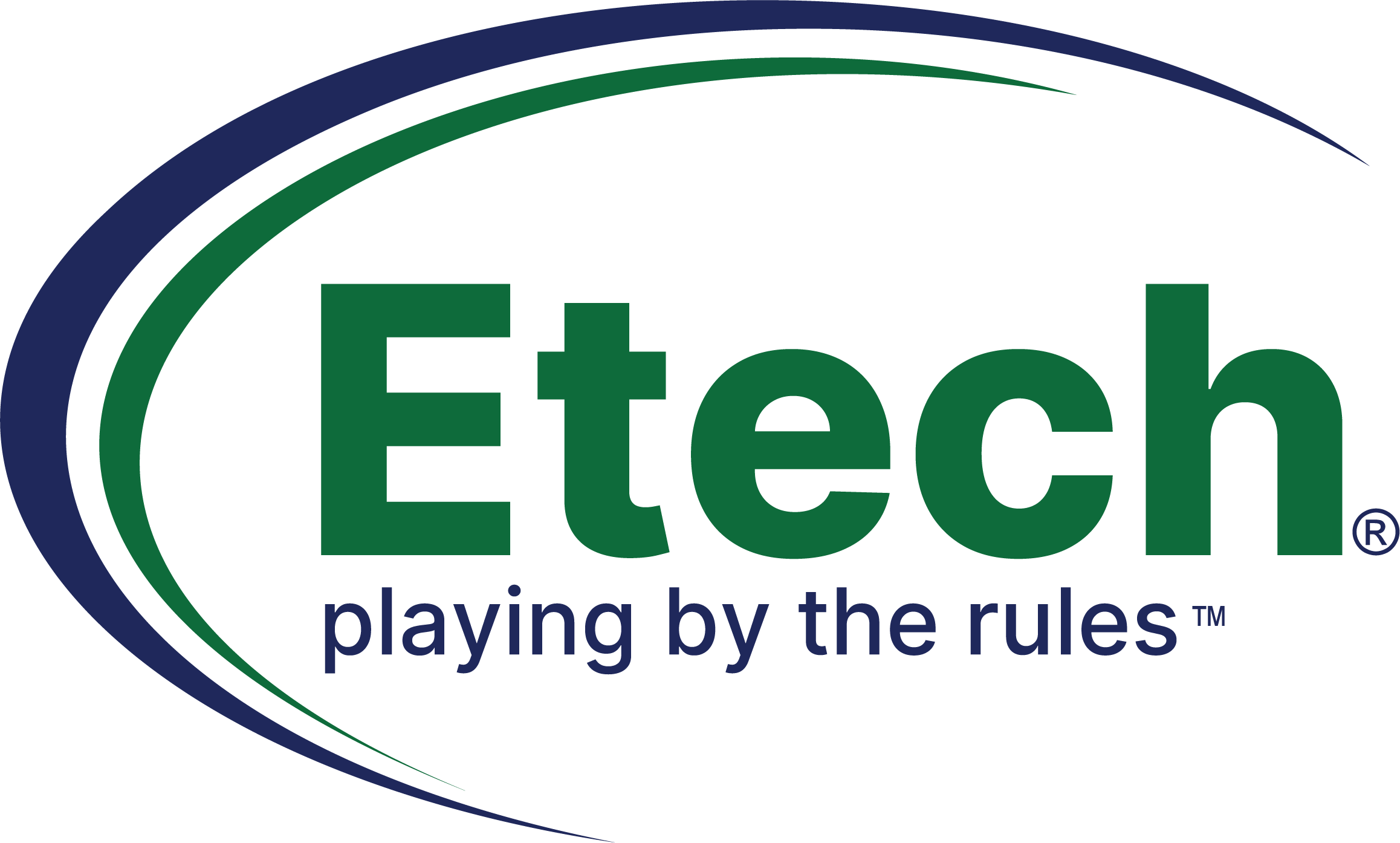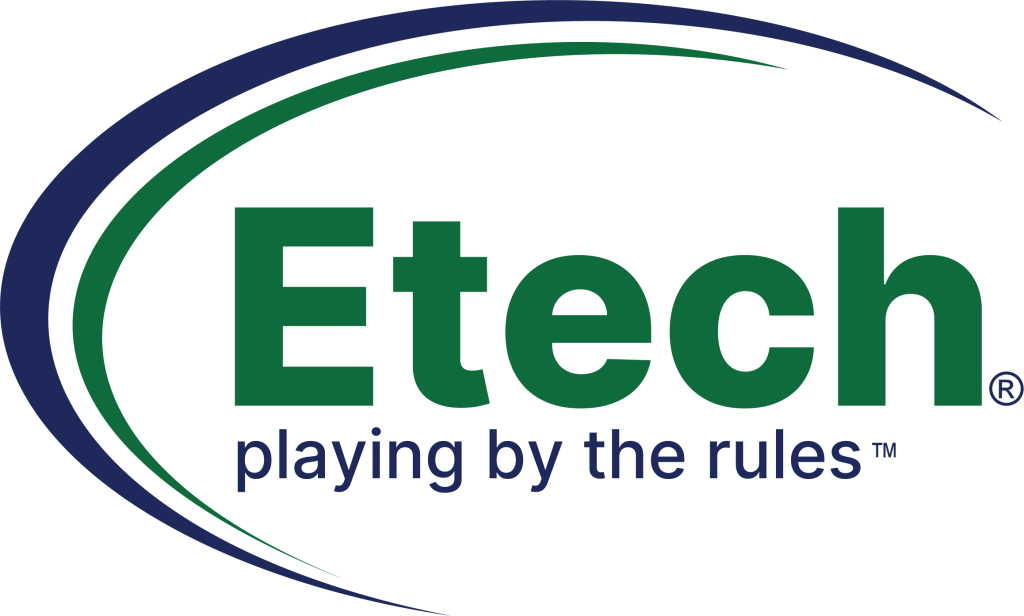How to Connect Data and Artificial Intelligence for Personalized Touch Points

Artificial intelligence is currently being propagated as the consumer experience champion and for a good reason. The ability and evolution of computer learning have led to improved efficiency, personalization and excellent analysis of big data, thereby transforming the e-commerce landscape and created a standard of expectation from customers. It is no longer feasible to appease the base with stagnant, unresponsive platforms. Patrons expect businesses to be not only accommodating but personable in both physical and digital locations. The expectation of such customization and personalization is only possible and cost-effective through the implementation of automated and analytical systems. However, many companies struggle with implementing such machine learning structures, which is why it is vital to understand how to connect data and AI with business objectives.
Identify Problems and Seek Solutions
While big data offers tremendous insight into operations and corporate structure, it does nothing without the computational ability to analyze and produce actionable information succinctly. Incorporating AI into existing products and services is likely the best place for most businesses to start. Review your products, services, and operations to see where machine learning, natural language processing or image recognition could be used to streamline data and eliminate redundancies.
Seek Value Not Reinvention
It is easy to get caught up in the technological advancements offered through AI platforms, but it is not wise to embrace it in its entirety. While these systems are excellent tools for data analytics and insights into the consumer experience, they should not be used at the detriment of your business and brand identity. If your model is built on approachability and personable communications with consumers, then implementing chatbots for all consumer interactions will only dilute that image. Do not reinvent the business for the sake of being technologically advanced. Do implement AI strategies that add value and help the company in finding improved efficiency and effectiveness.
Know Your Capabilities
A large corporation with many big data sets is going to require more robust solutions than a small business with a limited consumer base and digital footprint. While every company can grow to the point of needing complex analytic tools that are housed in high-security facilities, not all businesses require such extensive technologies currently. Know your capabilities and where you want your business to grow. Don’t over-implement AI systems because it is what the larger corporations are doing. Your computer systems and processes should grow with the business and not necessarily surpass it.
Integrate Integral Data
Though big data is the foundation for the success of automated systems, many corporations are plagued by redundancies in these data sets. Before implementing any advanced computer learning system, a business should weed through their data and eliminate any unnecessary or repetitive information. Once a new system is in use, it should only be fed integral data, allowing it to learn what information is valuable.
Set Up Tests and Start Small
As mentioned, AI does require training which is why it is essential to manage the implementation of such systems. It is best to start small and tests the results, only moving further when the machine proves its capabilities on limited data sets. This structured implementation can be used in every aspect of your business from the front-end consumer experience to back-end operational usage. No matter the desired result, slow and structured is the path to a successful installation.
Big data is only a piece of the implementation puzzle when it comes to artificial intelligence. While AI can help to transform a business into a consumer-focused and efficient machine, it can also inhibit a company’s progress if it is utilized too quickly and with little forethought. Therefore, if you are looking to incorporate advanced analytics and computer learning in your business model, then contact Etech to discuss and discover a customizable solution.
This blog was first published on LinkedIn.


